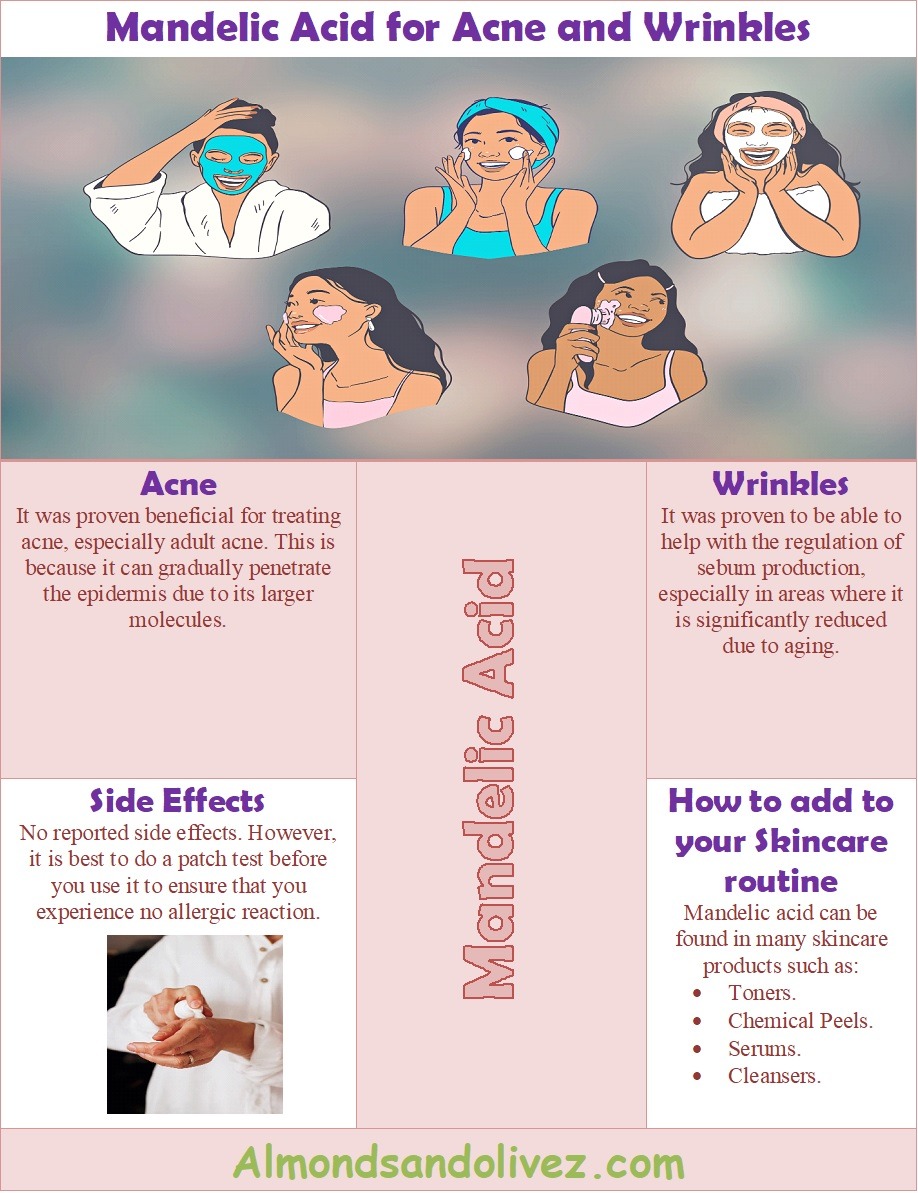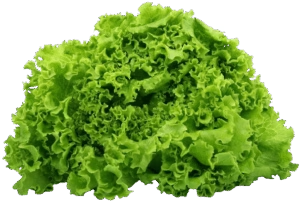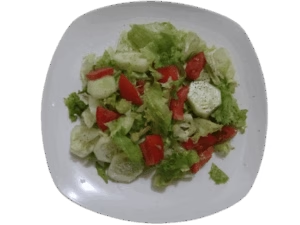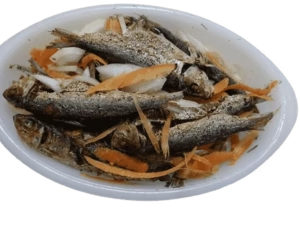TABLE OF CONTENTS
Acne is a common skin problem that can occur at any age due to many factors. However, the main factor of acne is inflammation that occurs in the follicles of the hair. Many ingredients are geared towards treating or managing acne, and mandelic acid is just one. Mandelic acid is a type of alpha hydroxy acid (AHA) like glycolic and lactic acid. It is usually promoted as an exfoliant and used mostly as a chemical peel and a mild treatment for acne.
In addition to acne, mandelic acid is purportedly able to assist with wrinkles, which affects us all as we get older. But how does mandelic acid help with these skin concerns? Let’s discuss!
The Discussion
Mandelic acid is an alpha hydroxy acid (AHA) which is derived from the hydrolysis of a bitter almond extract (Roan AM, 1994). It is also described as a crystalline that is only partially soluble in water. It also reportedly has larger molecules than glycolic acid, another widely used hydroxy acid (AHA). As such, it is purportedly stronger than glycolic acid (The Merck Index, 1978).
Mandelic acid is one of those AHAs that has been widely studied, especially for chemical peel and acne even though there are other purported benefits such as photoaging and pigmentation. It is also said to possess antibacterial activities. The acid is also reportedly well tolerated by the skin, especially sensitive skin. This is due to its larger molecules which gradually penetrate the skin (obagi, 2021). Additionally, mandelic especially in the treatment of urinary tract infections (obagi, 2021). But have since made its way into mainstream cosmetics for the treatment of acne (Obagi, 2021).
In this article, we will be exploring two (2) of the main benefits of using mandelic acid for skin care. These include its popular use for treating and managing acne and wrinkles. We will also explore any noted side effects and how to add it to your skincare regimen.
Two (2) Main Benefits of Mandelic Acid:
- Treating and Managing Acne.
- Helping with Wrinkles.
Mandelic Acid and Acne – Especially Adult Acne
Acne vulgaris is a common skin condition that primarily affects the face and is stated to be one of the most common reasons people visit a dermatologist (Garg et al. 2009). Nowadays, there are many treatments available to manage this skin disorder some topically and in severe cases, internally. But do they work? Well, research contends that mandelic acid has proven beneficial for treating acne, especially adult acne (Obagi, 2021).
Mandelic acid, which is an alpha-hydroxy acid (AHA) has been purported by many researchers to not only treat acne but hyperpigmentation (Jacob and Culbertson, 2018). It is purported to be one of the largest alpha-hydroxy acids which can gradually penetrate the epidermis. As such, it is usually recommended as an ideal AHA for peeling treatments, especially for those with sensitive skin and severe acne and hyperpigmentation (Jarkartar et al. 2015). One such study was by Dayal et al. (2020), with Fifty (50) patients suffering from mild to moderate acne vulgaris. These patients were separated into two (2) groups. One group was treated with a Thirty (30%) percent Salicylic Acid peel solution while the other had a Forty-five (45%) percent Mandelic Acid peel.
The duration of the study was Twelve (12) weeks with participants being treated every Two (2) weeks. As such, a total of Six (6) sessions were administered throughout the study. The results were positive for both treatment methods with the salicylic reportedly doing better in the treatment of non-inflammatory lesions while the mandelic acid treatment was reportedly more effective in treating inflammatory lesions. As such, there were notably no significant differences between the two (2) treatments. However, less adverse effects were reported for the mandelic acid peel. (Dayal et al. 2020).
Mandelic Acid and Wrinkles
As we age, the skin loses its elasticity and becomes thin and even dryer. This results in the skin looking wrinkled and discoloured in some instances (Wójcik A, Rotsztejn, 2012; Wines N, Willsteed, 2001 Callens et al. 1996). One way to help the skin combat some of the issues of aging is through chemical peels, which, according to research, can help the skin become more metabolically active and increase lipid production and thus, elasticity (Grimes et al. 2004).
This was observed in a study aimed at evaluating the effects of azelaic and mandelic acid, both of which are considered superficial peels. Superficial peels are those that only serve to resurface the upper layers of the epidermis (Wójcik et al. 2013). Twenty-eight (28) women participated in the study with half being treated with a Twenty (20%P percent azelaic acid peel and the other with a Forty (40%) mandelic acid peel. The participant ranges in age from Forty-nine (49) to Seventy-one (71) years old, with the mean age being 60 years old.
The results showed that the azelaic acid contributed to an increased production of sebum particularly on the chin and forehead while the mandelic acid showed an increase in sebum production on the cheeks (left and right) but not much in the T-zone (forehead and chin).
The study confirmed that both azelaic acid and mandelic acid contributed to an increase in the secretion of sebum in the U-zone (the left and right cheeks) in aging women but with no significant difference observed in the T-zone (forehead and chin) for both treatments (Park et al. 1999; Pagnoni et al. 1994).
As such, the researchers concluded that both azelaic acid and mandelic acid peel may be effective and safe methods for aging women. Both were also well tolerated. As such, these acids were purported to be able to reduce the effects of the aging process, especially as it relates to the drying of the skin. This in effect will help with the regulation of sebum production, especially in areas where it is significantly reduced due to aging.
You can read more on alpha-hydroxy acids (AHA) in these posts:
Glycolic acid, the Sting of Beauty!
Lactic Acid and the Skin – Here are Five (5) Benefits you are just going to Love!
What are the Side Effects of Using Mandelic Acid for the Skin?
No side effects were reported as it relates to the use of Mandelic acid in general skin care. This might be because it is regarded as a mild, superficial peel. As such, it can be applied to people of different age groups. This is especially due to its larger molecules, which tend to penetrate the skin gradually, making it more tolerable and less irritable than its counterpart – glycolic acid. Nonetheless, it is always recommended that you do a skin patch test to see if you are allergic to it or may develop an adverse reaction to it.
Illustrative Summary
Here is an illustrative summary of MANDELIC ACID for the treatment of ACNE and WRINKLES.
Let’s Sum Up!
Mandelic acid is a member of the alpha-hydroxy acids (AHA) family. The acid is considered mild, yet still strong enough than glycolic acid.
Research contends that it may serve to help with the management of acne as well as help with increased sebum production which can contribute to the elasticity of aging skin. As such, this would be a great AHA for treating acne or softening wrinkles, especially for aging skin. It is also purported to be great for persons with sensitive and combination skin types as well as being a cost-effective therapy for skin that is acne resistant. Now, with all that was said… Are you Skintimate Yet?
You can read more about ingredients to fight acne as well as antiaging in these articles:
- Callens A, Vaillant L, Lecomte P, et al. Does hormonal skin aging exist? A study of influence of different hormone therapy regimens on the skin of postmenopausal womenusing non-invasive measurement techniques. Dermatology. 1996;193:289–91.
- Dayal S, Kalra KD, Sahu P. Comparative study of efficacy and safety of 45% mandelic acid versus 30% salicylic acid peels in mild-to-moderate acne vulgaris. J Cosmet Dermatol. 2020 Feb;19(2):393-399. doi: 10.1111/jocd.13168. Epub 2019 Sep 25. PMID: 31553119.
- Garg VK, Sinha S, Sarkar R. Glycolic acid peels versus Salicylic-Mandelic acid peels in active acne vulgaris and post-acne scarring and hyperpigmentation. Dermatol Surg. 2009; 35:59-65.
- Grimes PE, Green BA, Wildnauer RH, et al. The use of polyhydroxy acids (PHAs) in photoaged skin. Cutis. 2004;73(Suppl 2):3–13.
- Jacobs SW, Culbertson EJ. Effects of Topical Mandelic Acid Treatment on Facial Skin Viscoelasticity. Facial Plast Surg. 2018 Dec;34(6):651-656. doi: 10.1055/s-0038-1676048. Epub 2018 Dec 4. PMID: 30513536.
- Jartarkar, R., Mallikarjun, D.S., Gangadhar, D., & Manjunatha, D.K. (2015). Mandelic acid chemical peel in Acne vulgaris : A boon or a bane ?
- Obagi, S. (2021). The Chemistry of Peels : A Hypothesis of Mechanism of Action and Classification of Peels. Procedures in Cosmetic Dermatology Journal.
- Pagnoni A, Kligman AM, el Gammal S, Stoudemayer T. Determination of density of follicles on various regions of the face by cyanoacrylate biopsy: correlation with sebum output. Br J Dermatol. 1994;131:862–5.
- Park SG, Kim YD, Kim JJ, Kang SH. Two possible classifications of facial skin type by two parameters in Korean women: sebum excretion rate (SER) and skin surface relief (SSR) Skin Res Technol. 1999;5:189–94.
- Roan AM. The chemistry of alpha-hydroxy acids. Cosmet Dermatol. 1994;7 (suppl 10):4.
- The Merck Index, 7th ed. Rahway, NJ: Merck & Co; 1978:898. 4. Disinfectants and antiseptics. Encyclopedia of Chemical
- Wines N, Willsteed E. Menopause and the skin. Austral J Dermatol. 2001;42:149–60.
- Wójcik A, Rotsztejn H. The influence of hormones on skin lipids in women during menopause. Prz Menopauzalny. 2012;11:41–4.
- Wójcik A, Kubiak M, Rotsztejn H. Influence of azelaic and mandelic acid peels on sebum secretion in ageing women. Postepy Dermatol Alergol. 2013 Jun;30(3):140-5. doi: 10.5114/pdia.2013.35614. Epub 2013 Jun 20. PMID: 24278065; PMCID: PMC3834725.





